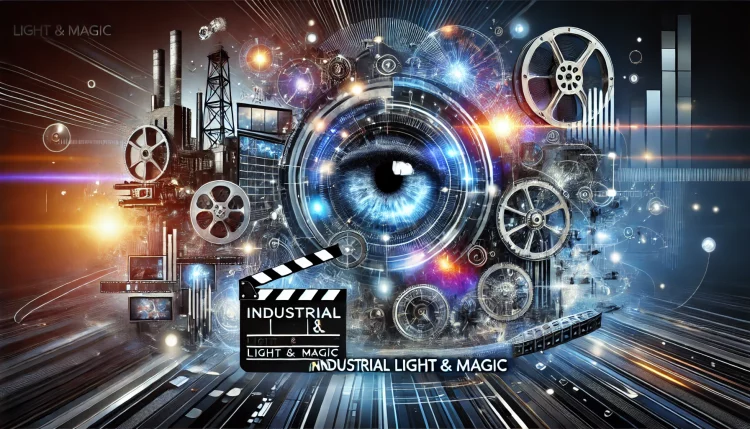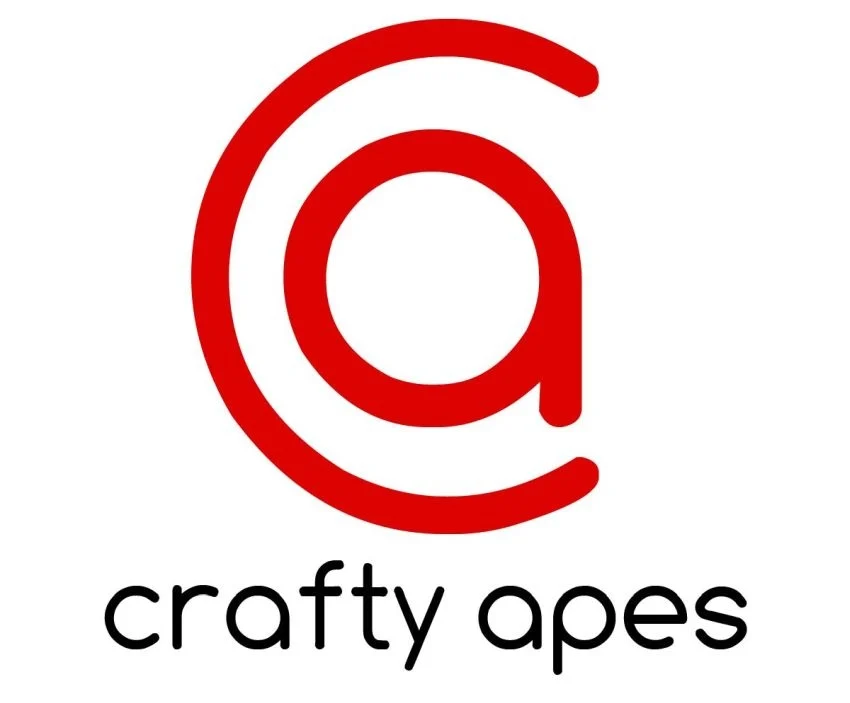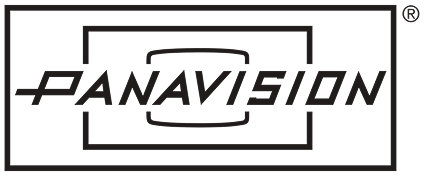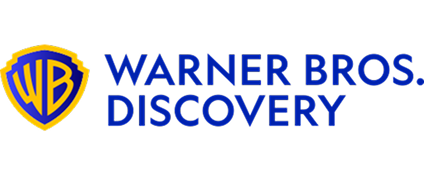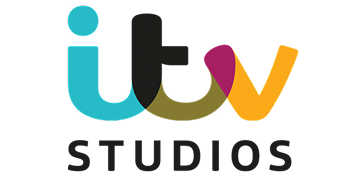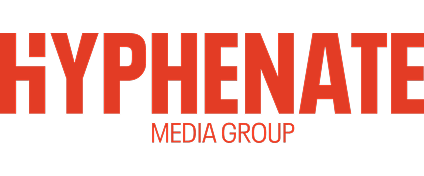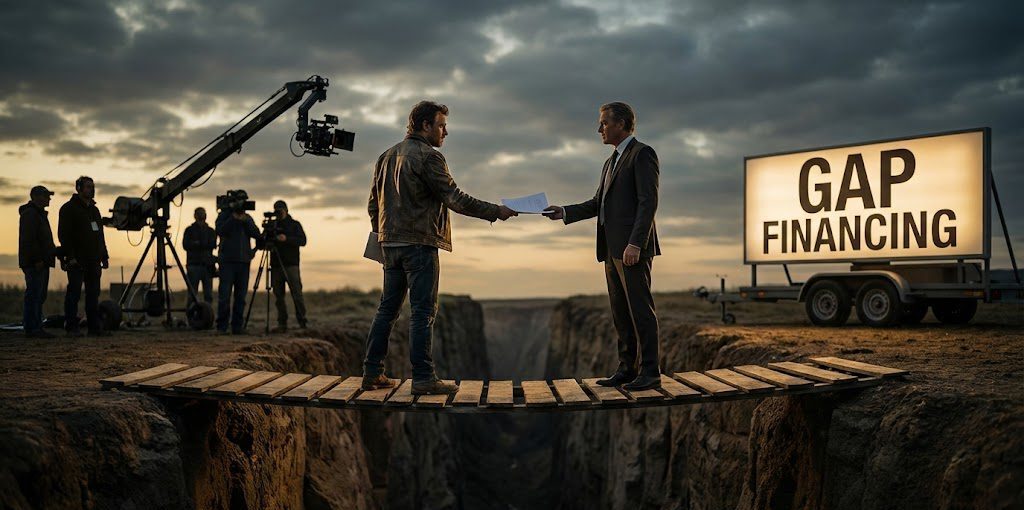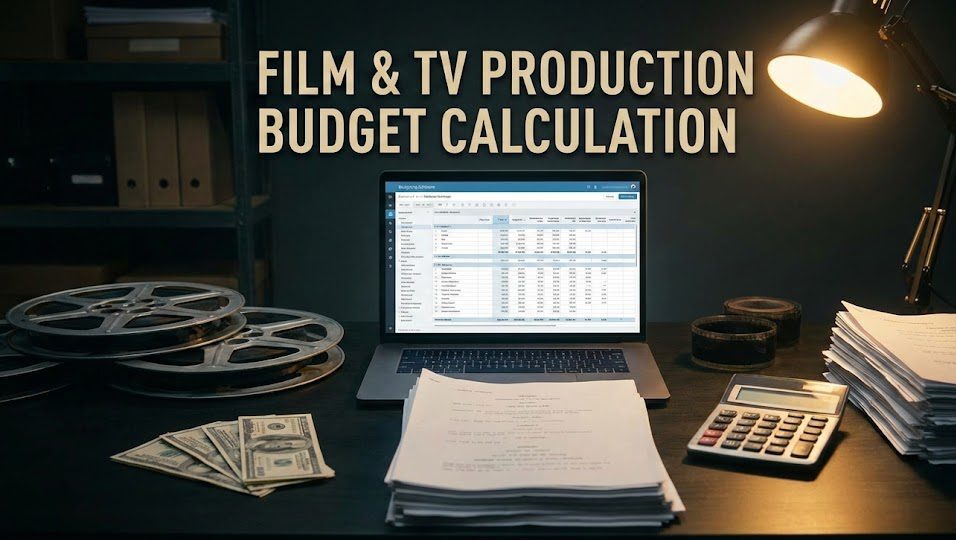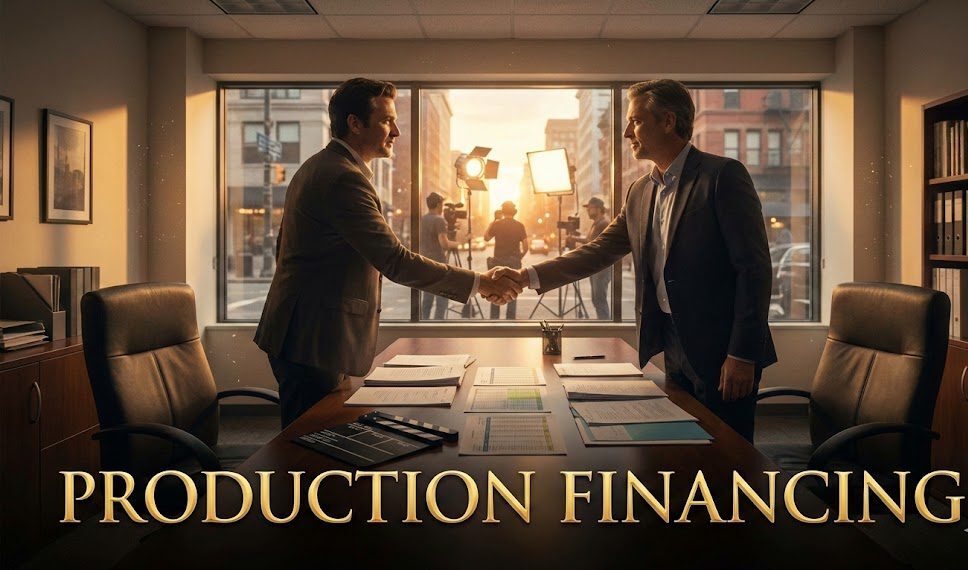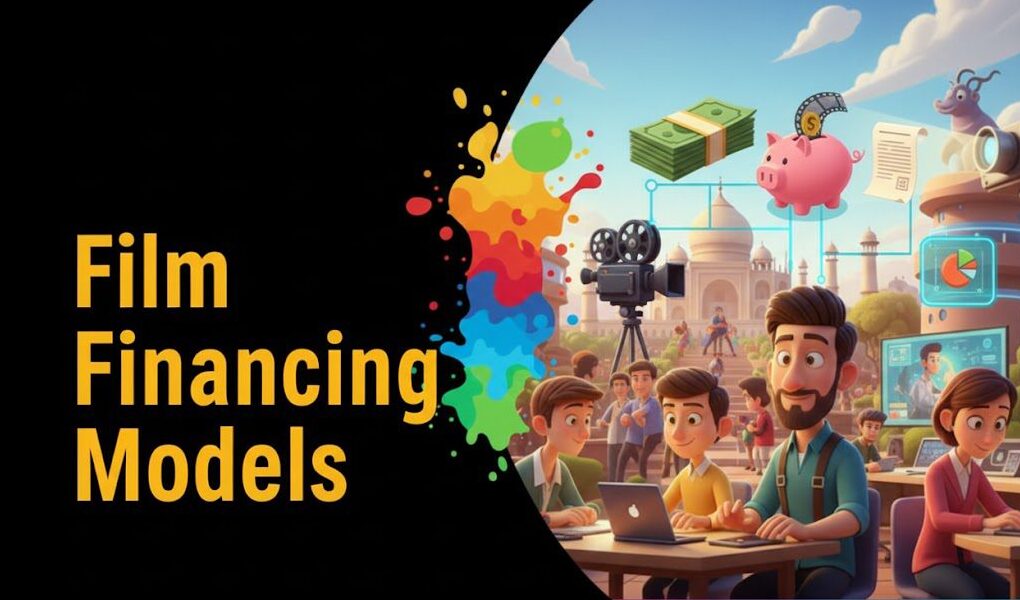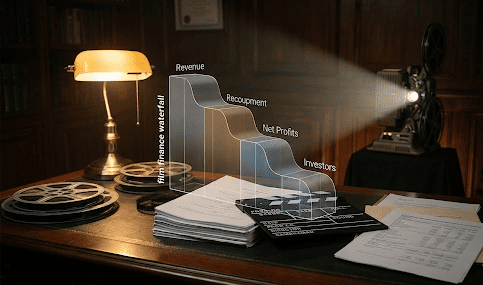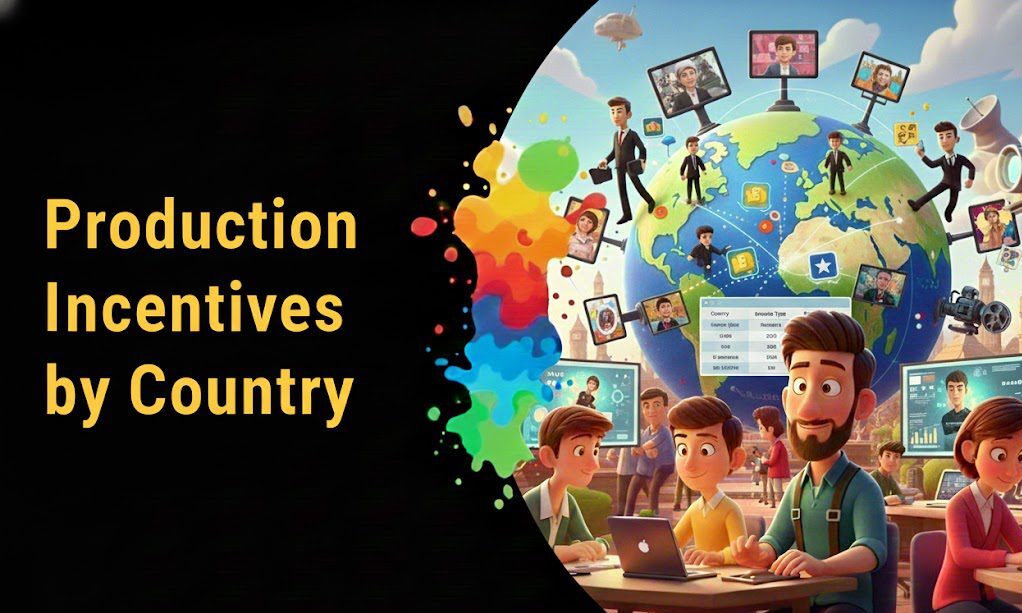Introduction
In the world of filmmaking, sound design is one of the most powerful yet understated elements in post-production. Whether it’s a subtle background sound or the dialogue that drives a narrative forward, the way sound is crafted can transform a film into an immersive experience. This article explores how sound design in post-production elevates storytelling, discusses key techniques, and tackles common issues that filmmakers and sound designers face. By the end, you’ll understand why filmmakers and post-production experts alike see sound design as a crucial component of the creative process.
Key Takeaways
| Topic | Key Insight |
| Importance of Sound Design | Sound design adds emotional depth, atmosphere, and realism to a film’s narrative. |
| Key Techniques | Discover techniques like Foley, balancing dialogue, and ambient sound for a well-rounded soundscape. |
| Common Challenges | Learn how to troubleshoot audio sync issues, fix poor sound quality, and balance sound effects. |
| Outsourcing | Find out when outsourcing sound design is beneficial for efficiency and quality. |
| Vitrina’s Role | How Vitrina connects filmmakers with top-tier post-production sound design services and professionals. |
Table of content
- Introduction
- Foundational Understanding of Sound Design in Post-Production
- Key Techniques and Best Practices in Sound Design
- Common Challenges and Solutions in Sound Design
- Outsourcing Sound Design and Commercial Considerations
- Commercial Investigation: Tools, Studios, and Services
- Key Takeaways
- FAQs
Struggling with poor audio quality?

1. Foundational Understanding of Sound Design in Post-Production
What is Sound Design in Post-Production?
Sound design in post-production refers to the process of creating, capturing, and manipulating audio elements that are essential to a film’s atmosphere, mood, and narrative clarity. These include dialogue, sound effects, music, and ambience. Unlike sound editing, which focuses on cleaning up and organizing recorded sounds, sound design is about shaping and adding new layers to the auditory experience, making the world on screen feel more alive.
Discover the difference between sound design and sound editing.
How Sound Design Enhances Storytelling
Sound design has the power to guide emotional responses and draw attention to critical moments in a story. For example, the rising hum of tension in a horror film can cause an audience to hold their breath, while the absence of sound in key moments can add to the tension. Without deliberate sound design, a film can feel incomplete or fail to evoke the intended emotional response from its viewers.
Learn more about the role of timing and sound in enhancing emotional impact.
2. Key Techniques and Best Practices in Sound Design
Steps in the Sound Design Process
The sound design process involves several steps, each critical to creating an immersive audio environment:
- Spotting: Identifying where specific sound effects or music will be placed.
- Recording: Capturing sound effects, ambient noise, and dialogue.
- Layering: Combining these elements to create a soundscape that supports the film’s mood.
- Mixing: Balancing the levels of the various sound elements to ensure clarity and immersion.
Best Sound Design Techniques for Movies
- Foley Sound: Recreating everyday sound effects in sync with the on-screen action, such as footsteps or doors closing.
- Ambient Sound: Adding subtle background noises like wind or urban sounds to establish location and tone.
- Diegetic vs Non-Diegetic Sound: Using in-world sounds (diegetic) or external music/sound effects (non-diegetic) strategically to influence the audience’s perspective.
Need better sound design for your post-production?

3. Common Challenges and Solutions in Sound Design
Common Mistakes in Sound Design
Even the best filmmakers run into sound design challenges. Here are some common mistakes and how to fix them:
- Overuse of Sound Effects: Too many sound effects can distract from the story. Instead, focus on key moments where sound enhances the scene.
- Poor Mixing: When dialogue is too soft or sound effects overpower the dialogue, the audience may miss important information. Regularly check levels during the mixing phase.
- Inconsistent Background Noise: Sudden changes in ambient sound can take viewers out of the story. Ensure ambient sound is consistent or subtle between cuts.
Read about how indie filmmakers manage tight budgets while still achieving quality sound design.
How to Fix Poor Audio Quality and Sync Issues
- Poor Audio Quality: Use noise reduction tools like those found in Pro Tools or Adobe Audition to clean up unwanted sounds. Recording in controlled environments also prevents noise problems from the start.
- Audio Sync Issues: Aligning dialogue and sound effects with visual elements is crucial. Professional editing tools help adjust delays or syncing mismatches, ensuring that audio complements the on-screen action.
Explore how advanced software tools like AI are helping with sound design and post-production.
4. Outsourcing Sound Design and Commercial Considerations
When to Outsource Sound Design
Outsourcing sound design can save filmmakers time and deliver higher-quality results, especially for projects with complex audio needs. Experienced sound designers offer access to high-end tools and techniques that in-house teams may lack. Outsourcing also allows filmmakers to focus more on the creative aspects of their projects, ensuring the best possible outcome without the added stress of technical work.
Advantages of Outsourcing:
- Expertise: Outsourced professionals often have specialized skills, particularly with complex tasks like Foley or ADR (automated dialogue replacement).
- Time Efficiency: Outsourcing allows filmmakers to focus on the creative aspects of the production, knowing the sound is in expert hands.
Learn how Vitrina connects filmmakers with sound design professionals for top-quality results.
Outsourcing vs In-House Production
| Option | Advantages |
| Outsourcing | Access to expert talent and advanced tools, saves time and resources. |
| In-House Production | Allows for greater creative control but requires more internal resources. |
For large productions, outsourcing sound design can reduce stress and speed up the process, while smaller or indie films may benefit from in-house work to retain more creative control.
Ready to take your film’s sound to the next level?

5. Commercial Investigation: Tools, Studios, and Services
Pro Tools vs Adobe Audition: Which is Better for Sound Design?
Choosing the right sound design software is crucial for ensuring high-quality results. Here’s a comparison of two leading platforms:
| Software | Best For | Strengths |
| Pro Tools | Large-scale productions, feature films | Superior audio editing and mixing, used in Hollywood films. |
| Adobe Audition | Indie films, digital content creators | Seamless integration with Adobe Creative Suite, ideal for video creators. |
For filmmakers looking to handle more intricate sound design tasks, Pro Tools offers superior capabilities. However, Adobe Audition may be the better choice for those who need software that integrates well with video editing tools like Premiere Pro.
Read more about the best post-production tools available for 2024.
Top Sound Design Studios for Post-Production
Professional sound design studios offer specialized services that cater to both large productions and indie films. These studios are often equipped with state-of-the-art tools and experienced professionals who can deliver high-quality audio that enhances the overall production.
Key Takeaways
- Sound design plays a pivotal role in storytelling by enhancing the emotional impact and immersiveness of a film.
- Effective techniques like Foley, ambient sound, and dialogue balancing can significantly improve the overall audio quality.
- Common sound design challenges such as poor audio quality or sync issues can be addressed using professional tools like Pro Tools and Adobe Audition.
- Outsourcing sound design can save filmmakers valuable time and resources while still delivering top-tier results.
- Vitrina connects filmmakers with experienced sound designers and post-production professionals, streamlining the entire process.
Frequently Asked Questions
Sound design involves creating and manipulating audio elements, including dialogue, sound effects, and music, to enhance a film’s storytelling.
Using tools like Pro Tools or Adobe Audition, you can reduce background noise, balance audio levels, and enhance the clarity of sound effects and dialogue.
Outsourcing is ideal for projects that require specialized sound design expertise, while in-house production allows for more creative control over the final product.
The leading tools for sound design include Pro Tools for large-scale productions and Adobe Audition for seamless video integration.
Vitrina helps filmmakers connect with top-tier sound design professionals, ensuring the highest quality sound for their projects.




